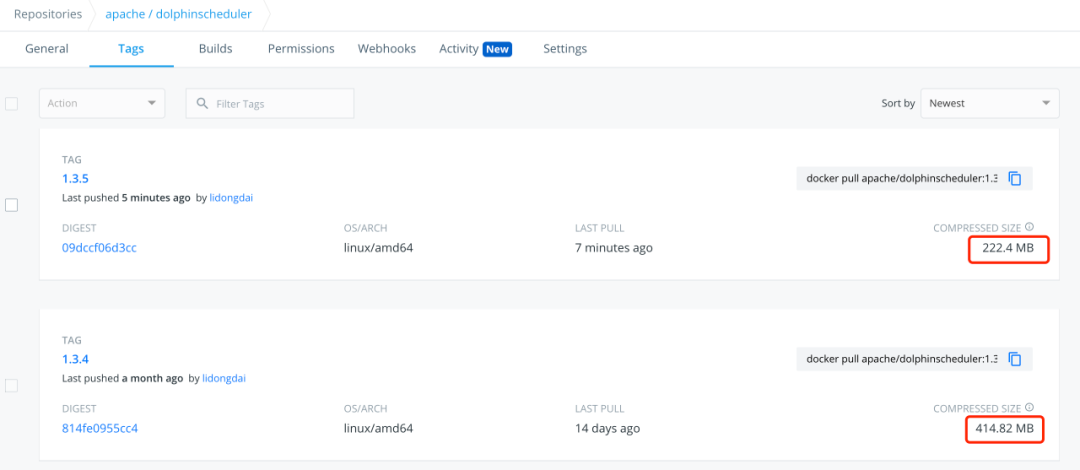I'm trying to understand the coercion rationale for doubles:
as.logical(c(-1, -0.01, 0, 0.01, 0.1,1:10))
#> [1] TRUE TRUE FALSE TRUE TRUE TRUE TRUE TRUE TRUE TRUE TRUE
#> [12] TRUE TRUE TRUE TRUE
I can see that coercion happens on a scalar (sign doesn't matter) and
that only exactly 0 is coerced to FALSE. I was surprised by this,
there seems to be no notion of "closest to..." or rounding to 0L or 1L.
I'm curious as to why.
I did try to hunt around for insight
here
but no success.
I also looked at this related question.
Can someone explain why I should expect each of the above tested values
to coerce as they do?
My guess would be that this is inherited from C, e.g. from here:
In C true is represented by any numeric value not equal to 0 and false is represented by 0
Also see e.g. here; at the moment I can't find a better source for the official language specification.
A pirated copy of Kernighan and Ritchie 2d ed. I found online (I'd rather not link to it) says on p. 50, Section 3.2, "If-Else" (emphasis added):
The expression is evaluated; if it is true (that is, if expression has a non-zero value), statement 1 is executed. If it is false (expression is zero) and if there is an else part, statement 2 is executed instead.
@hrbrmstr points out that the R internal definition of LOGICAL that's used for the conversion is in Rinternals.h:
#define LOGICAL(x) ((int *) DATAPTR(x))

